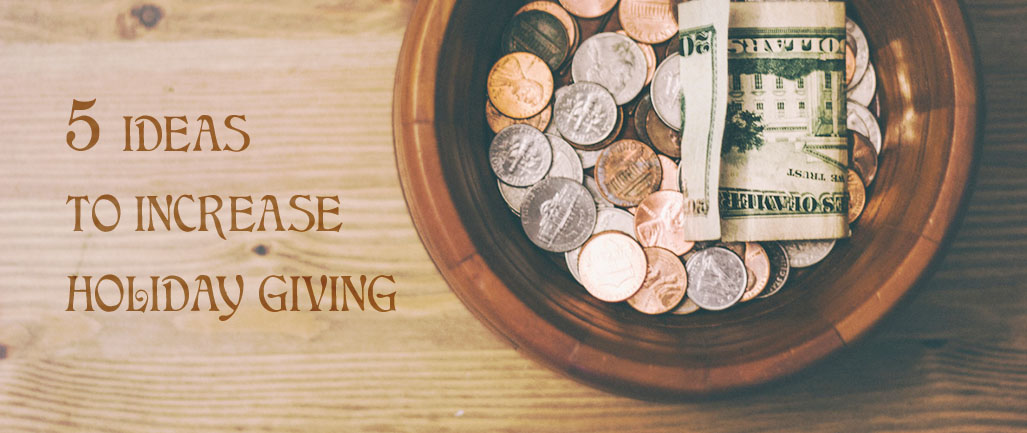
When it comes to taking photos at events, it’s hard to capture a moment that actually looks good! All too often, event pictures turn out blurry, dark, or out of focus, or they manage to catch someone right as he puts a huge bite of cake into his mouth.
Because of this, it can be tempting to download some stock photography to use as promotional material (there are pros and cons to stock photography and original photos), but choosing actual photos from an event at your church can be a huge win when they are personal, engaging, and tell a story!
So how do you go about capturing pictures worth of printing or posting online?
Here are seven key ways to get great photos:
1. Use a high-quality camera
Camera phones have made great strides in the past few years, but if you’re planning to print your photos or use them on your website or elsewhere online to market your church, consider using a better quality camera.
Try a digital camera (or a digital SLR camera, if you know how to use one!). Play around with the various settings to determine what works best for your event.
2. Analyze the area
Is your event happening during broad daylight? In a poorly-lit gymnasium? Under fluorescent lights? In your sanctuary?
Ask yourself whether you need to use the flash, a tripod, or find additional lighting. Using a flash will wash out faces and often result in poor photographs. If you can redirect the flash on your camera, try pointing it up or to the side to reflect off a white wall or ceiling instead. Adding more lights or opening blinds will help every photograph turn out better!
3. Capture the atmosphere
This idea should be in your head throughout your entire photographing experience at any given event: what kind of story do you want these photos to tell? Do you want to show how engaging the event was? How moving it was? How welcoming it was? Come up with a few key characteristics you want to express in your photographs and try to capture those emotions in your photographs.
For example, if you’re taking photos at a church picnic, you probably want to show that your church is tight-knit, welcoming, and fun-loving. To get this message across, you would take photographs of people laughing, serving each other food, and kids playing. You wouldn’t use an unflattering photo of someone staring blankly off into space.
4. Take candid photos
To capture the atmosphere of your event, take lots of candid photos. Some people tense up when they know they’re being photographed, so taking organic photos often produces more emotion. Show people laughing, playing games, or worshipping; these action shots convey a sense of movement and genuineness.
5. Take staged photos
Sometimes, staged photos are a better option than candid shots. Asking a table full of members to “turn and smile!” often results in a better photograph that pleases everyone. Large group shots can easily show how many people attended an event, and staging photos cuts down on the number of blurry shots, especially of children or animals.
6. Get close and back away
Basically, avoid middle ground. Your photos should have a clear focus, so either zoom in on a few people or get a shot of the entire event. A close up of two people shows the emotion of these individuals, while a panoramic shot of the sanctuary at Christmas shows the magnitude of the event. A shot of twelve people standing around at a picnic doesn’t tell a story, and the viewer won’t know where to look. Try cropping an image like this to give it a clear focal point.
7. Don’t over-edit
After the event is over and all the photos are taken, sift through and find your best shots. Pick a variety: some candid, some staged, some close up, some far away. Inexperienced photographers often want to apply filters and make lots of adjustments, which can result in an over-edited, unclear image. Keep in mind that the best photos will only need subtle adjustments, like adding a little bit of contrast and vibrance or making a slight change in exposure or white balance (warmth or tint). Let your photographs speak for themselves!
Like this post? Subscribe to the blog!






